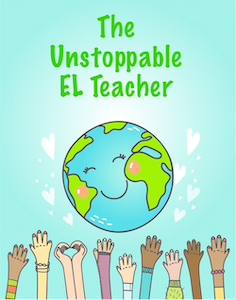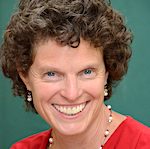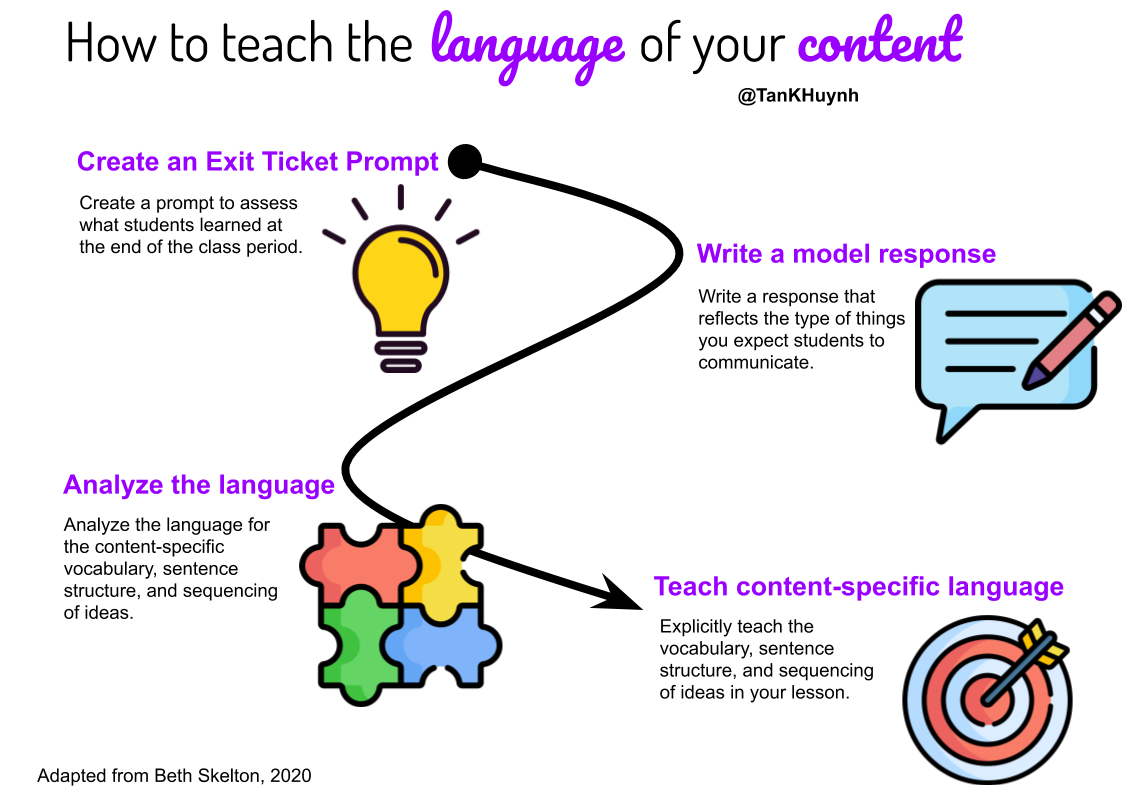How to Teach Content AND Language Skills
A MiddleWeb Blog

Whether it’s vocabulary, transitions and phrases, or the organization of sentences, this may look like a language arts teacher’s job. But as one widely respected language educator told me recently, using some straight-forward strategies can help us teach content and language skills side by side.

This article grows out of my podcast conversation with Beth earlier this year and outlines her steps to teaching content-specific language skills. (You can follow Beth on Twitter here.)
Step 1: Create an exit ticket prompt
Think about what you want your students to demonstrate or communicate about your content by the end of the period. Let’s pretend that a teacher wants her students to describe how water can erode the landscape. The exit ticket could be Describe how water can erode land formations.
Step 2: Write a model response
Teachers can now respond to the prompt as if they were a student in their class. The goal is to produce a response that the teacher would expect of their students. Make sure to include the content-specific vocabulary words, use transitions to increase clarity, and sequence the sentences to effectively communicate the ideas.
Step 3: Analyze the language
With the model response, analyze it for:
- the vocabulary
- the transitions and phrases used
- the organization of the sentences (discourse)
The vocabulary, the sentence structure, and the sequence of the sentences are all features of academic language (Gottlieb, 2013). When we can identify these components, we know the content-specific language we expect students to understand and use.
Step 4: Teaching content-specific language
Now that you have identified these features of academic language, you can plan to teach them. When considering what words to teach, there are two types: Tier 2 and Tier 3.
Tier 3 words are the content-specific words. These are taught through experiences, texts, videos, and demonstrations. Tier 2 words are the transferable vocabulary words that are highly abstract and are often command terms, such as evaluate, analyze, infer, impact, or affect. You can teach Tier 2 words in the context of the Tier 3 words.
At the sentence level, educators can teach the most appropriate tense. They can also teach what phrases and transitions to use, such as:
- When [ ] occurred, this caused [ ]
- In addition to [ ], another significant factor that influences [ ] is [ ].
To teach the discourse, educators can identify the sequences of the sentences. For example, the first few sentences might describe the problem, and the following sentences might describe the consequences. The last sentence might identify the commonality between all of the consequences or the cause of all the problems.
“Like an expert in a particular field”
You do not have to be an English Language Arts teacher to teach the academic language of your content area. To be a teacher of language means to guide students in using language like an expert in a particular field would use it. With Beth’s process, anyone can be a teacher of language because all disciplines have specific vocabulary words, use transitions, and sequence ideas in a particular order.
Reference
Gottlieb, M. (2013). Essential Actions: A Handbook for Implementing WIDA’s Framework for English Language Development Standards. Madison: Board of Regents of the U of Wisconsin System.


































